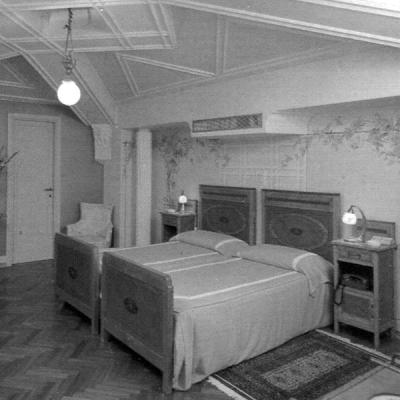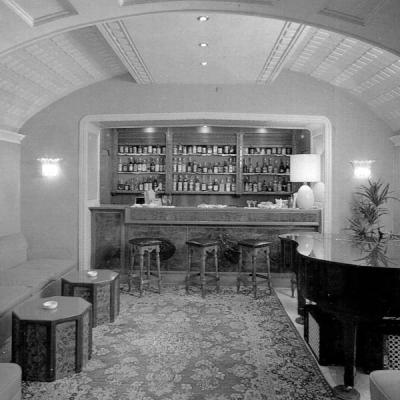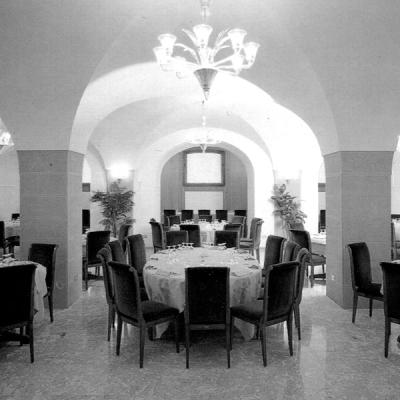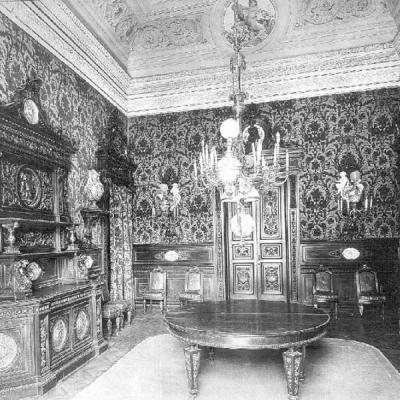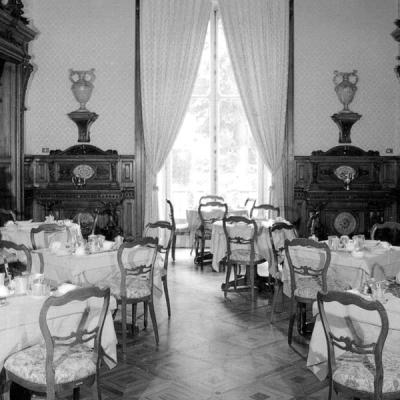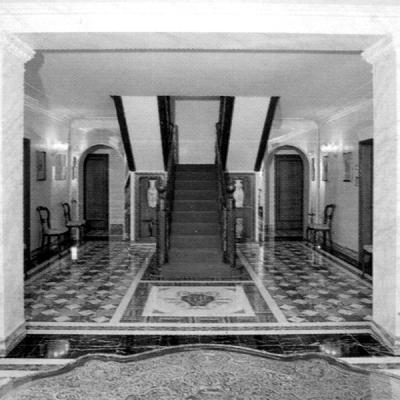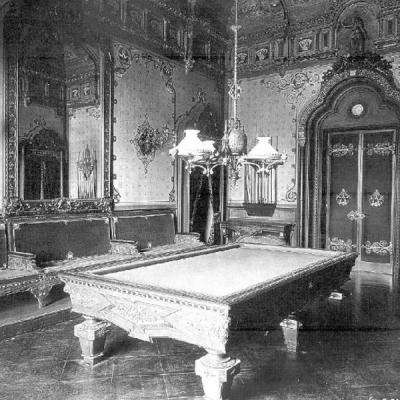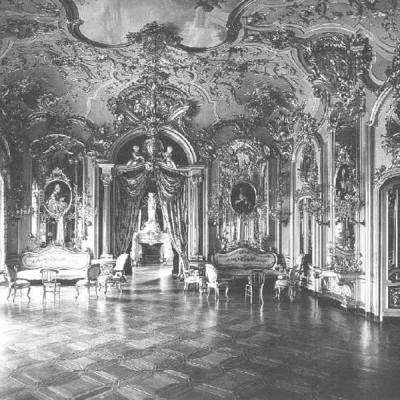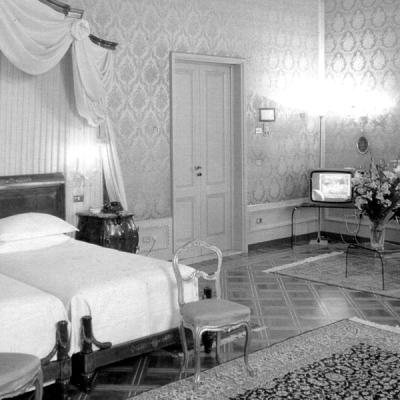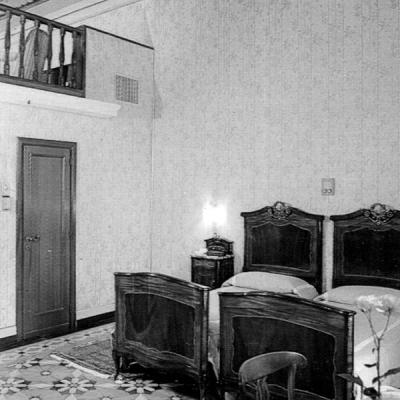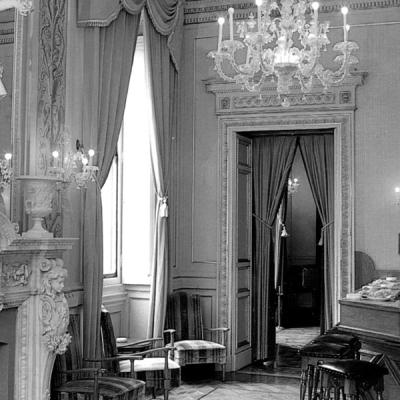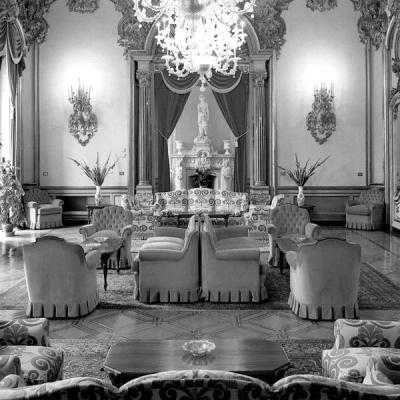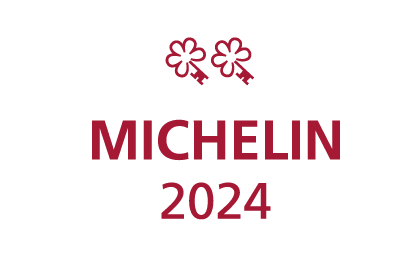Perched above Florence, Villa Cora bears witness to an opulent era in which Florentine nobles, princes, empresses, and emperors from all the world graced its halls.
In the late 1860s, when Florence reigned as Italy’s capital, Baron Gustave Oppenheim, scion of the esteemed German banking dynasty, commissioned the construction of a sumptuous residence, Villa Oppenheim, in honor of his young bride Eugenia Fenzi. Designed by architects Pietro Comparini and Giuseppe Poggi, the neoclassical villa became a vibrant hub of events and celebrations. However, blinded by jealousy due to doubts of his wife’s fidelity, Gustave planned to set fire to the building. Stopped just in time by the authorities, he was forced to leave Florence and sell the villa, which found new life in the hands of Empress Eugenie, widow of Napoleon III, who transformed it into a prestigious meeting place for the Florentine nobility.
In 1894, the villa got a new owner, Egidio Cora, who lent the residence its current name. His son, Giuliano Cora, an ambassador of Florence to the world, welcomed illustrious guests such as Enver Pasha and the Japanese Emperor Akihito, to whom the Imperial Suite is dedicated.
As you wander through the halls of Villa Cora today, you can feel a fascinating sense of history. Frescoes, antique decorations, and sculptures crafted by renowned artists of the past bear witness to the grandeur that once filled these walls. The magnificent exterior, designed by Comparini, and the meticulously designed interior, brought to life by Edoardo Gioja, the engineer behind the Suez Canal, harmoniously combine to create an architectural gem. Imbued with finest materials such as Carrara marble, yellow Siena marble, Murano glass, ebony, and silk from the esteemed Fréres Braquenie d'Aubusson factory, the villa exudes an atmosphere of timeless charm.


